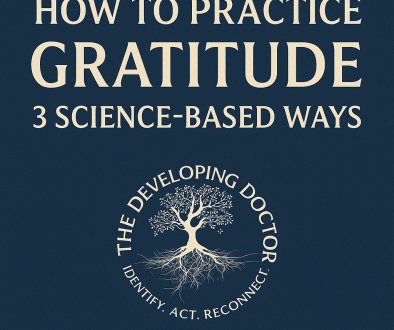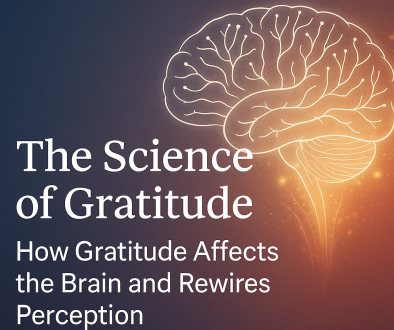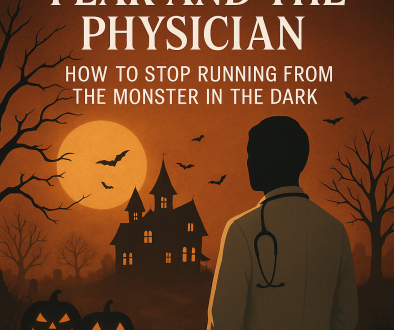Oaths, Medicine, and Moral Injury
The White Coat Ceremony is a tradition in modern medical education created in 1993 by the Arnold P. Gold Foundation. During the ceremony, first-year medical students are garbed in the white coat and take the Hippocratic Oath. They pledge to put the patient’s needs first, minimize suffering, accept each patient in a nonjudgmental and equitable manner, and provide the best and most appropriate care available to each patient. This ceremony is a rite of passage and signifies the student’s entry into the medical profession.
The principles of the Hippocratic Oath are fundamental to physicians’ careers.
These principles guide our clinical decisions and help us treat everyone with dignity, minimize suffering, and do no harm. The oath becomes a deeply held moral belief. However, what happens when the principles of the Hippocratic Oath conflict with other deeply held beliefs and commitments, such as political ideologies, spiritual beliefs, or commitments to family and friends?
As physicians, we operate with the shared beliefs outlined in the Hippocratic oath and the individual beliefs that guide our daily lives.
We face situations where our personal or professional beliefs and the healthcare system’s demands conflict with each other. For instance, a medical student might need to choose between taking a final exam or attending a grandparent’s funeral. Or, a resident physician might have to change their wedding plans due to a last-minute call schedule change. Administrators might require a primary care physician to refer to an in-network specialist with higher complication rates than the out-of-network provider. A patient newly diagnosed with a health condition might choose a treatment path that conflicts with the physician’s non-medical belief system. A physician might need to repeatedly choose between after-hours duties and attending a child’s sporting event. In isolation, each of these scenarios may seem minor. When combined and multiplied, the impact is different.
Over time, this conflict between system limitations and professional and personal beliefs can result in moral injury. Moral injury occurs when we “perpetrate, bear witness to, or fail to prevent an act that transgresses our deeply held moral beliefs.”
It is important to differentiate between burnout and moral injury.
Burnout implies that an individual lacks the resources to thrive in a stressful environment. The problem is blamed on the individual. The solution has been providing the individual with resources to fix the problem. On the other hand, moral injury results from being unable to practice and live in a way that honors our values due to the system’s constraints. It results from a broken system, not a fractured individual.
The Latin verb “Curare” can mean different things depending on the context of use. It can mean to watch over, care for, tend, or cultivate. It can also mean to treat, administer remedies to, or command. Some argue that the problem with modern medicine is that the mission has changed from “caring for and cultivating” to “administering remedies to and commanding.” To fix the healthcare system, we need to return to the more humane context of the verb. This argument rings true when thinking about healthcare provider well-being. It is not a problem that can be treated or commanded away. Instead, we should focus on caring for and cultivating those who work in the system.





